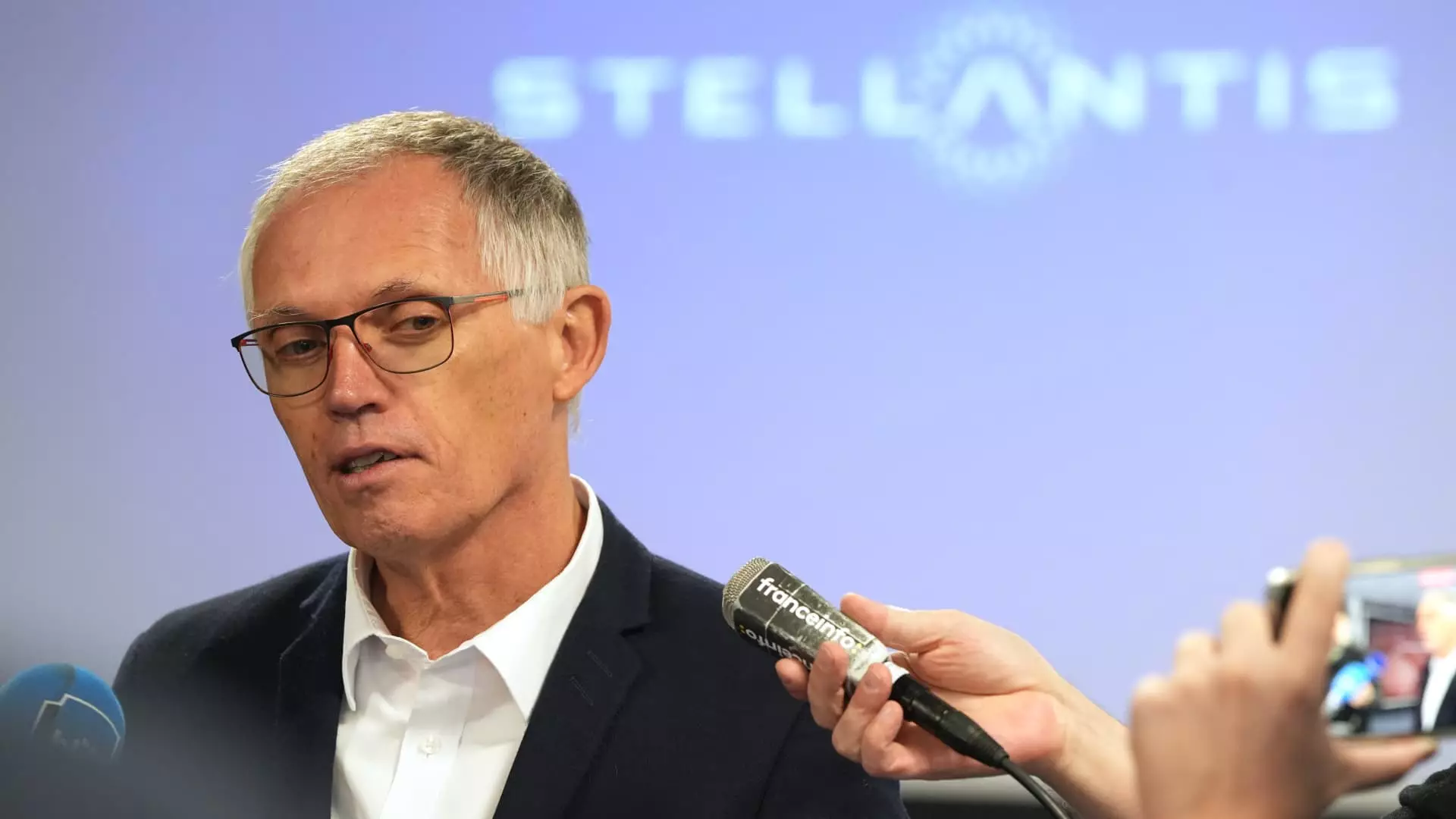The ongoing confrontation between Stellantis, a major player in the automotive industry, and the United Auto Workers (UAW) marks a significant chapter in labor relations in the United States. In recent developments, Stellantis has escalated its legal battle by filing a lawsuit against both the UAW and a local chapter in California following a vote by UAW members concerning strike authorization. This conflict is emblematic of broader issues facing the auto industry, revealing the complexities of labor contracts and the challenges of maintaining production amidst economic pressures.
Stellantis’ lawsuit has raised eyebrows across the industry and among labor advocates. The automaker, in its internal communications, has stated that the legal action seeks to hold the UAW accountable for disruptions in production that could arise from what it calls an unlawful strike. Stellantis’ senior leadership has communicated that the company is serious about its stance, framing the lawsuit as a necessary response to maintain its operational integrity and financial performance.
However, the UAW has pushed back vehemently against these claims, asserting that the company’s threats are merely an attempt to intimidate its members and suppress their rights to advocate for improved working conditions and compensation. This dichotomy encapsulates the inherent tension in labor negotiations, where companies strive to protect their financial interests while unions work to secure better labor conditions for their members.
Central to this conflict is the UAW’s assertion that Stellantis has not lived up to its commitments established in a contract finalized the previous year. Allegations have surfaced regarding layoffs, production cuts, and delays in promised investments, prompting the union’s dissatisfaction and subsequent calls for potential strike action. The UAW has expressed its willingness to mobilize its members if necessary, which serves as a powerful reminder of the leverage that organized labor can exert, even in the face of corporate resistance.
This conflict is not merely a legal battle; it signifies a deeper struggle over workers’ rights and corporate accountability. UAW President Shawn Fain has criticized Stellantis for what he describes as desperate attempts to maintain control over its workforce, suggesting that the company is navigating a precarious situation where discontent among employees could lead to broader unrest.
As the legal proceedings unfold, both Stellantis and the UAW face pivotal decisions about how to navigate this dispute. The automaker’s reliance on litigation reflects a strategy that prioritizes maintaining operational continuity and minimizing financial loss over engaging in constructive dialogue. Conversely, the UAW’s readiness to strike highlights a commitment to collective bargaining principles, ensuring that their voices not only resonate within the confines of the negotiating table but also on the streets during rallies.
The legal ramifications of this dispute could extend far beyond Stellantis and the UAW. If the company succeeds in its lawsuit to classify the potential strike as unlawful, it could establish a precedent that impacts labor relations across the automotive sector and beyond. This could deter other unions from pursuing strikes or influence their negotiations with management.
The juxtaposition of corporate interests and worker rights has garnered public attention, and events such as the recent rally organized by Fain and union members underscore the growing solidarity among workers. These gatherings not only serve as a platform for voicing grievances but also as a means of rallying public support for the struggles faced by labor in today’s economic landscape.
Fain’s rhetoric amplifies the stakes; he declares that a strike could “cripple” Stellantis, framing the situation as both a tactical necessity and a moral obligation for the UAW to act in defense of its members’ rights. This solidifies the union’s narrative as guardians of worker rights, further solidifying community engagement around these labor issues.
As this conflict continues to evolve, the broader implications for the automotive industry and labor relations will be closely watched. The interplay between Stellantis’ legal maneuvers and the UAW’s response will likely shape the future landscape of U.S. labor, especially within sectors where unions traditionally play a pivotal role. Whether through negotiation or litigation, the resolution of this dispute may set vital precedents regarding the rights of workers and the responsibilities of corporations in maintaining fair labor practices. Ultimately, the outcome will likely resonate far beyond the walls of Stellantis, reflecting a critical moment in the ongoing struggle between labor and management across the nation.

